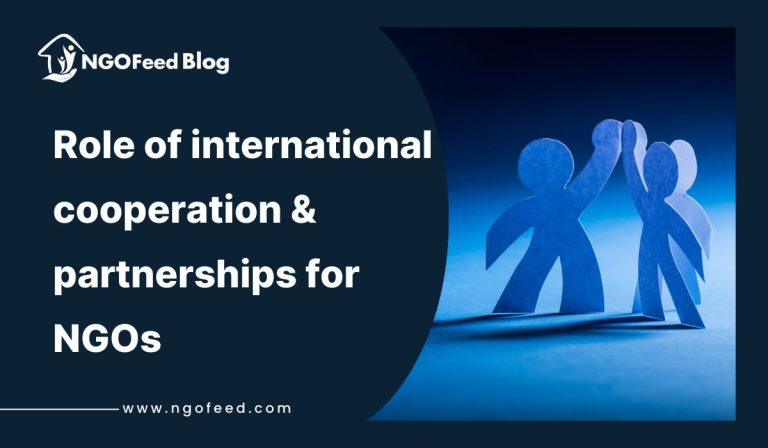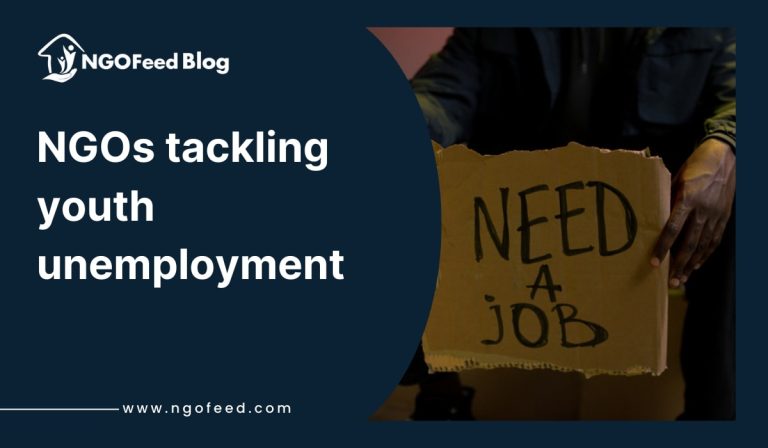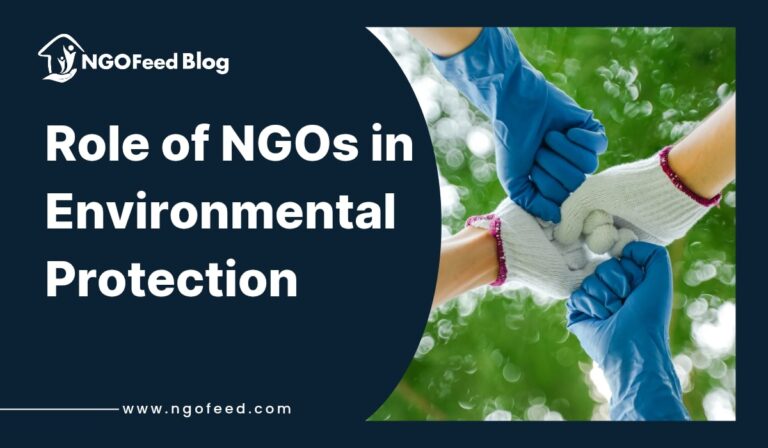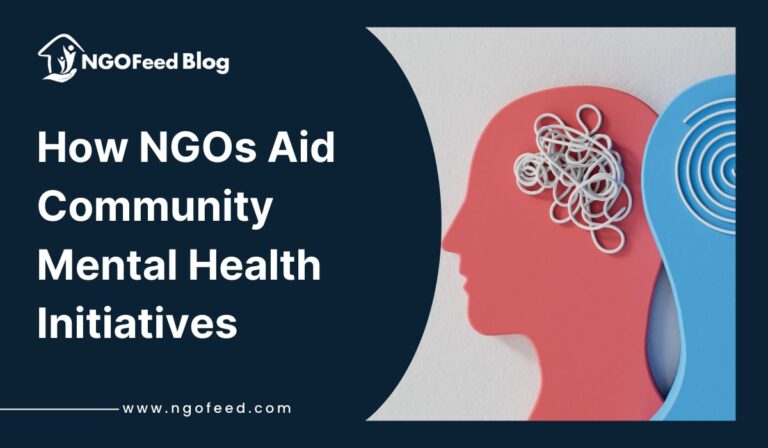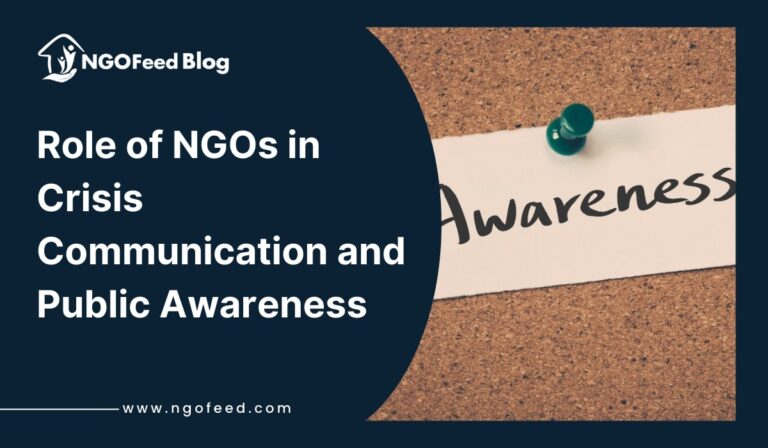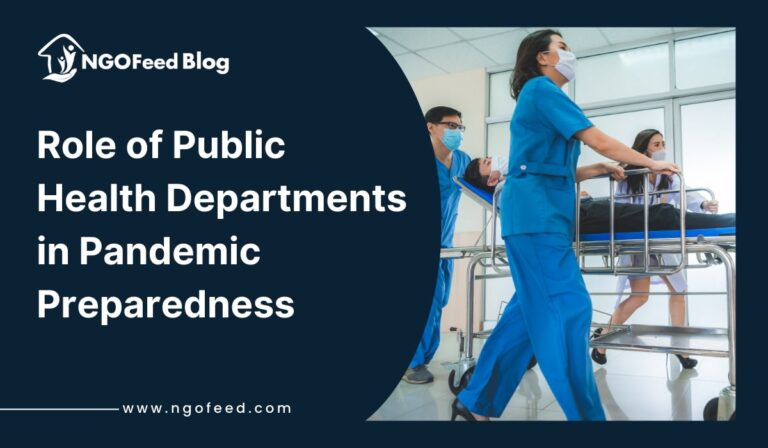WHO Global Nutrition Targets 2025: Good nutrition is essential for child survival, maternal health and human development across the lifespan. Therefore, the World Health Organization (WHO) launched six Global Nutrition Targets for 2025 to reduce stunting, wasting and anemia, and low birth weight, promote exclusive breastfeeding, and prevent overweight and obesity in childhood. These goals will contribute to action on the Sustainable Development Goals (SDGs) to build healthier and more resilient societies.
However, the burden of undernutrition is very uneven. South Asia and sub-Saharan Africa carry the highest burden of this crisis. In South Asia, India regularly reports high levels of child stunting. Meanwhile, many countries in sub-Saharan Africa are facing the compounded crisis of food insecurity, poorly functioning health systems, and maternal undernutrition. Millions of women and children could remain trapped in the cycle of malnutrition without the urgent scale-up of action.
This is where NGOs have an important role to play. NGOs can demonstrate flexibility in needs assessment and service provision; develop localized, culturally and contextually relevant solutions; reinforce government programs in health and nutrition settings; and mobilize communities more rapidly and effectively than governments.
This paper sits within the context of the WHO’s nutrition guidance framework, identifies current gaps in maternal and child nutrition, and provides a playbook of strategies for NGOs to work in India and Africa – emphasizing locally based, community-led, and evidence-informed strategies that will improve maternal and child nutrition outcomes.
Table of Contents
WHO Global Nutrition Targets 2025 Core Objectives
In 2012, the World Health Assembly agreed to the Comprehensive Implementation Plan on Maternal, Infant and Young Child Nutrition, which included six global targets to be attained by 2025. These targets were supported by the WHO Member States:
- Reduce childhood stunting, by 40% in children under five
- Reduce anemia by 50% among women of reproductive age
- Reduce low birth weight by 30%
- Ensure no increase in childhood overweight
- Increase the rate of exclusive breastfeeding in the first six months to at least 50%
- Reduce and maintain wasting in children under five at less than 5%
WHO Global Nutrition Targets 2025: Current Progress and Gaps
Global Progress and Shortcomings
On stunting, the scale of ambitious reductions will require an average, annual, relative reduction of about 3.9% (from 171 million in 2010 to ~100 million by 2025). Presently, however, the current prospects are underwhelming. By 2025, there will likely be about 127 million children stunted – a shortfall of 27 million against target. (PMC)
WHO estimates currently yield alarming statistics:
- 149 million children under five years of age are stunted.
- 45 million are wasted.
- 40% of children under five and 37% of pregnant women are anaemic.
- 44% of infants under six months are exclusively breastfed.
According to UNICEF, the 2025 Joint Child Malnutrition Estimates (JME), the progress is still inadequate; only 28% of countries will halve stunting by 2030, while for a further 20%, we may not be able to assess progress. (UNICEF DATA)
The Global Nutrition Report (2021) reveals the global shortfalls; only seven countries are on course to achieve four of the six targets and none are on track to halt adult obesity or decrease salt intake. COVID-19 has thrown the whole issue backwards through driving poverty up and disrupting health systems. (Global Nutrition Report)
WHO Global Nutrition Targets – NGO Strategy Playbook for India and Africa
Child and maternal malnutrition is complex and requires a multisectoral, evidence-based, context-informed approach. Here’s how to mobilize NGOs around this work:
1. Community-Specific Behaviour Change
- Programmatic Model in Care Group: NGOs can use the Care Group approach in which small groups of volunteer peer educators meet on a regular basis and relay health and nutrition messages to households. Peer educators are supervised and trained to ensure they are engaged regularly and are providing updated information to households.
- Dispel Myths and Empower Families: In conservative settings (e.g., South Sudan), NGOs have been successful in addressing negative dietary myths using community education and supportive contexts/ communities (e.g., if you do not want to limit protein for pregnant women). They did this through educating communities, supporting groups and social support context that ultimately increased breastfeeding and nutrition (The Guardian).
2. Capacity for Integration in Health Systems
- ICDS and Public Programs in India: India has a considered programme – Integrated Child Development Services (ICDS): India provides supplementary feeding or meal services, maternal-child health services (MPH services), and nutrition education through Anganwadi centres. There is a large scale operations but implementation challenges and quality vary particularly across the poorest states. NGOs can improve availability of these service interfaces, especially when communities have limited access, and offer programmatic scope for monitoring and the epidemiology of health services. (Wikipedia)
- IMCI in Africa: In African countries, NGO integration with Integrated Management of Childhood Illness (IMCI) can support training of health workers, strengthen community-level health services, and improve family practices, especially in low-access regions.
3. Food Fortification and Supplementation
Micronutrient Fortification
- NGOs can partner with programs like the Global Alliance for Improved Nutrition (GAIN) to scale up fortification of staples and promote bio-fortified crops in countries like India, Kenya, Nigeria, and Tanzania.
- In India, the Food Fortification Initiative (FFI) works with state governments to fortify staples distributed via the Public Distribution System (PDS), targeting micronutrient deficiencies at scale. NGOs can support implementation, monitor impact, and advocate for expansion across states.
Micronutrient Supplements for Pregnant Women
- Scaling up delivery of prenatal multivitamin-mineral supplements is a potent strategy to reduce low birth weight and maternal anemia. Philanthropic initiatives (e.g., Gates Foundation and Child Nutrition Fund) support these interventions, emphasizing their affordability (as low as $2.60 per pregnancy) and impact. NGOs can facilitate distribution through antenatal care platforms.
4. Innovative Digital and AI Tools
AI-Driven Engagement
- Applying tools like AI-guided call schedules can significantly improve maternal uptake of health messages and compliance with supplement regimes. A recent study shows AI-targeted scheduling improved listenership and led to measurable improvements in health behaviors such as supplement uptake.
5. Building Resilience Against Shocks
- Climate change exacerbates malnutrition risks—by 2050, it could contribute an additional 40 million stunted children globally, especially in food-insecure regions.
- Conflicts and economic disruptions are fueling food crises across South Asia and Sub-Saharan Africa, with a UNICEF report highlighting that in 2022, 27% of children under five experienced severe food poverty.
WHO Global Nutrition Targets – NGOs must:
- Support emergency nutrition interventions (e.g., therapeutic feeding, safe food relief).
- Build climate-resilient nutrition systems, including fortified community food supplies, local production of nutrition-rich crops, and social protection schemes.
6. Advocacy and Funding Mobilization
- The 2025 Nutrition for Growth Summit saw pledges exceeding $2 billion from major philanthropists (Gates Foundation, Bezos, Rockefeller, etc.) to scale maternal-child nutrition interventions and food fortification programs.
- High-profile advocacy, such as on World Hunger Day, underscores the need for prioritizing maternal nutrition through cost-effective strategies like antenatal supplements and leveraging the Child Nutrition Fund model.
WHO Global Nutrition Targets – NGOs can:
- Amplify donor commitments via local pilot programs demonstrating impact.
- Engage policymakers, public officials, and donors in dialogues emphasizing maternal nutrition as a foundation for healthier populations and economies.
WHO Global Nutrition Targets 2025 – Strategy Playbook: Summary Table
| Objective | Strategy | Role of NGOs |
|---|---|---|
| Stunting reduction | Promote optimal infant and young child feeding; fortify foods; scale breastfeeding | Implement Care Groups; support ICDS/IMCI; advocate for nutrition-sensitive agriculture |
| Anaemia reduction | Maternal iron/folate supplementation; fortify staples, biofortified crops | Ensure supplement distribution; monitor anemia; support fortification in PDS |
| Low birth weight | Provide prenatal care; micronutrient supplementation | Train community workers; integrate AI tools; secure funding |
| Childhood overweight | Monitor trends; promote balanced diets early | Advocate for nutritious local foods and breastfeeding, prevent obesity via education |
| Exclusive breastfeeding | Promote through community groups; health facility support | Implement peer support groups; address myths; integrate into ICDS/IMCI |
| Reducing wasting | Emergency feeding; early detection/treatment; resilience | Support therapeutic feeding programs; strengthen community surveillance; emergency preparedness |
Strategic Recommendations for NGOs: India & Africa Focus
WHO Global Nutrition Targets – India
- Augment ICDS: Provide training, torches to remote Anganwadis, support data tracking, and extend services to underserved districts.
- State-Level PDS Fortification: Work with FFI in states like Maharashtra, Rajasthan, and Haryana to reach nutrition gap pockets.
- Digital Engagement: Partner with government health systems to deploy AI-enabled messaging (e.g., maternal health reminders).
- Advocacy at State: Highlight maternal nutrition’s impact on health and productivity—mobilize state governments, donors, and CSR funds.
WHO Global Nutrition Targets – Africa
- IMCI Integration: Work with ministries to embed nutrition services in IMCI frameworks, especially in rural areas.
- Community Nutrition Models: Scale Care Group interventions, tailoring to local cultural contexts.
- Fortification & Biofortification: Collaborate with GAIN and local food producers to expand nutritional staple access.
- Climate-Resilient Approaches: Facilitate emergency food systems, fortified relief, and farmer training on resilient crop varieties.
- Amplify Funding: Leverage philanthropic pledges to scale maternal-child nutrition interventions; show impact data for sustainability.
Conclusion
Achieving WHO Global Nutrition Targets 2025 requires comprehensive, community-centered and evidence-based interventions. NGOs in India and Africa can play key roles at scale for:
- Reducing stunting, wasting, anemia and low birth weight.
- Promoting exclusive breastfeeding and preventing overweight and obesity.
- Building health system resilience to climate shocks.
- Engaging funders and governments through advocacy, data and scalable models.
By employing the strategies in this playbook with a focus on defined targets, local context, innovation and partnership, NGOs can be at the forefront of transformational maternal and child nutrition results in regions of operation.




